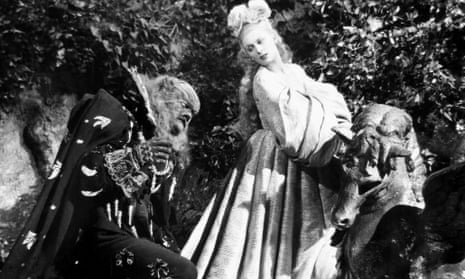Fairytales aren’t known for their focus on human rights.
They contain lessons: don’t judge someone on their looks; be kind to others. They’re chock-full of warnings: don’t stray from the path; watch out for witches, wolves, and spindles. And they throw us a few pieces of interesting trivia: princesses are hypersensitive to peas.
However, as a guide to ethics (the broad principles that govern a fair society) or rights (in terms of individual freedoms to be or to do) they are somewhat lacking.
So let’s investigate some of the basic human rights abused in every day fairy tales:
Forced marriage
The (unnamed) girl in Rumpelstiltskin is given in marriage to the man who threatens to cut off her head if she doesn’t spin straw into gold.
(Potential breaches of Anti-social Behaviour, Crime and Policing Act 2014 and Human Rights Act Article 12: Right to Marry)
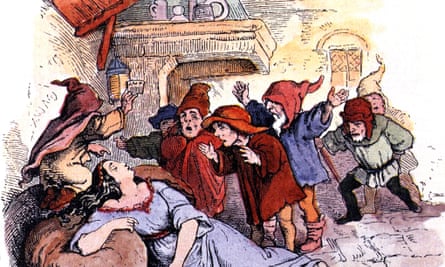
An inadequate legal system
In early versions of the tales the Wicked Queen in Snow White is forced to dance in red-hot shoes until death; Cinderella’s step-sisters’ eyes are pecked out by birds.
(Potential breaches of Human Rights Act Article 6: Right to a fair trial, Article 3: Inhuman treatment)
Gross mutilation
The Prince is changed into a beast to teach him a lesson, in Beauty and the Beast.
(Potential breaches of Human Rights Act Article 3: Degrading treatment, Article 8: Right to a private life, Article 9: Freedom of thought, conscience and religion)
Institutional discrimination
This one is rife across almost every fairytale you can name. Among others: class discrimination (vast economic inequality between royalty and poor); sexual discrimination (woman rarely work and, if they do, it’s in low paid menial jobs); a distinct lack of Lesbian, Gay, Bisexual and Trans (LGBT) characters; the marginalisation of those who are “different”.
(Potential breaches of Human Rights Act Article 14: Right to enjoy freedom without discrimination, Article 2 Protocol 1: Right to education)
Does this matter, you ask, isn’t it all just a bit of fun? And… hang on… don’t you write stories about adventure with a bit of hair thrown in? What’s with all this worthy-rightsy stuff?
Well, I think children are very aware of what’s fair and what’s not fair and are more than ready to learn about what should make up a society, and books are the perfect vehicle to do this. Fairytales are about people, about communities and, at their heart; they are stories of struggle; of rising up against an oppressive step-mother or escaping poverty.
So, I’m campaigning for the following to be seen in children’s books far and wide and across the land, will you join me?
Equality
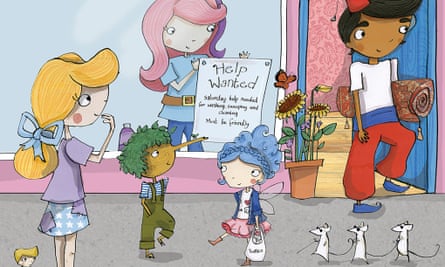
No one should be discriminated against in employment: girls can work; wooden boys can work; tiny people can work. So can the Three Blind Mice.

Diversity
Fairies come from all over the fairy-tale world. So do princes and princesses.
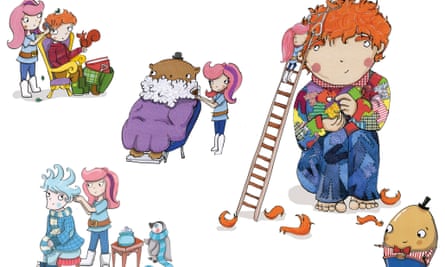
Inclusion
Girls can have their hair done. So can boys… and giants… and, er, egg-men.
Collective efficacy
If we work together, we can help each other solve problems, and face up to scary witches or wicked fairies.
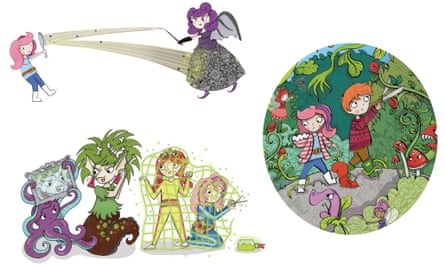
Justice
Baddies should be dealt with under a fair, proportionate and legitimate legal system. Where appropriate they should go to jail and, when they have completed their sentence, they should be released.
If their crime is more minor, they should be able to make reparations under a restorative justice system.
Why? Because young people notice this kind of stuff. and listen to the messages we are giving about our world.
When I visit schools to read my books and talk about writing, children often end up asking me questions about ethics and rights, without realising it. They want to know why the witch is in jail in one book, and out again in the next. They ask about the rights of her cat; how is it being cared for while the witch is in jail? We talk about why Cinderella wants to go back to work after marrying the prince, and how the Snow Queen can fix the damage she’s caused.
Here are some really interesting questions I love to discuss:
Should Goldilocks go to jail?
Was Cinderella cheating by pretending to be someone she’s not?
Is a pot of boiling water a fair punishment, even for a pig-eating wolf?
Was Jack justified in stealing from the giant on top of the beanstalk?
Should the Little Mermaid change her body for love?
Is the sea witch (in Little Mermaid) bad? Or is she just a shrewd business woman?
Should people be allowed to choose whom they marry, or, like the girl in Rumpelstiltskin, should their parents decide?
Was the Gingerbread Man wrong to trust the fox? Should he have assumed that all foxes are bad? How do we decide whom to trust?
Is it ok that the prince kisses Sleeping Beauty without her permission? Does it make a difference that he is saving her life? Does it help that in the Disney version, the couple have already met and fallen in love?
And, just for fun:
If you had a party, which fairytale character would you invite?

Catch up with Abie Longstaff on Twitter @abielongstaff. Abie is a trained barrister who works in policing and human rights policy as well as an author of The Fairytale Hairdresser and the Little Mermaid, the latest adventure in the Fairytale Hairdresser series, illustrated by Lauren Beard.
Join in: Which fairytale do you find the most unfair? Tell us by email childrens.books@theguardian.com or on Twitter @GdnChildrenBks and we’ll add them to this blog!
